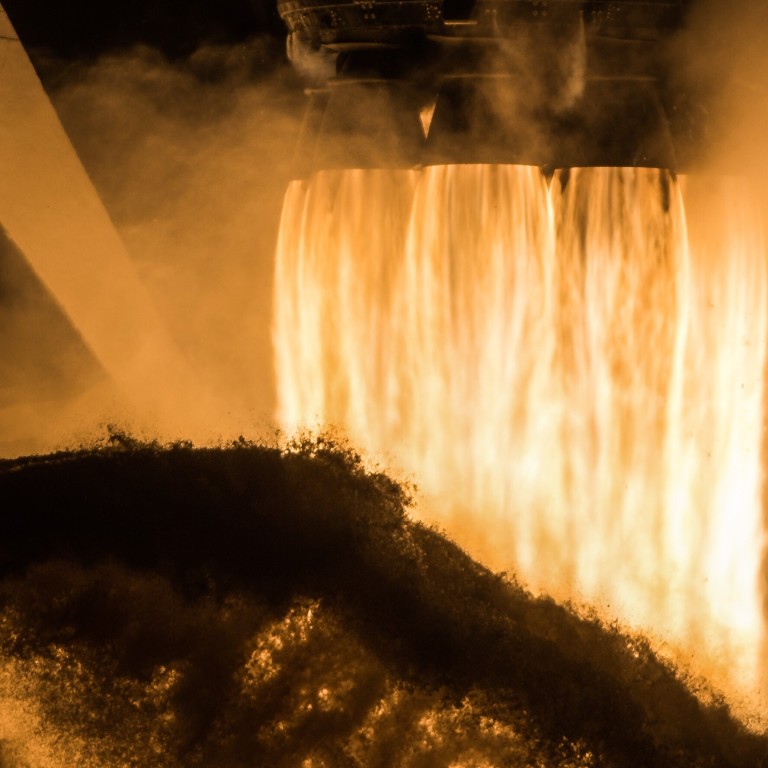
Nasa to launch satellite to monitor sea level rise and affects of climate change over next decade
- The joint venture with the European Space Agency will begin a five-and-a-half-year mission to collect data on global sea level
- A second satellite is expected to launch in the coming years.
A week after it sent four astronauts to the International Space Station for the first time, SpaceX is expected to launch the first of two satellites on Saturday that will monitor sea level rise over the next decade.
Nasa’s Sentinel 6-Michael Freilich oceanography satellite – a joint venture with the European Space Agency – will begin a five-and-a-half-year mission to collect “the most accurate data yet on global sea level and how our oceans are rising in response to climate change,” according to Nasa.
The mission will also collect information on atmospheric temperature and humidity to improve weather forecasts and climate models.
The satellite will head into orbit on a SpaceX Falcon 9 rocket, which is expected to launch from California’s Vandenberg Air Force base at 12:17am EST Saturday. The satellite is named in honour of the late director of Nasa’s Earth science division. It’s the first West Coast launch in a year a half.
A second satellite is expected to launch in the coming years. Once in orbit, each satellite will collect sea level measurements “down to the centimetre for 90 per cent of the world’s oceans,” according to Nasa.
The launch can be viewed live on Nasa’s website.
The most recent effort to monitor sea level rise follows the 2016 launch of the US-European satellite, Jason-3, which is currently providing high-precision and timely observations of the topography of the global ocean, according to Nasa.

